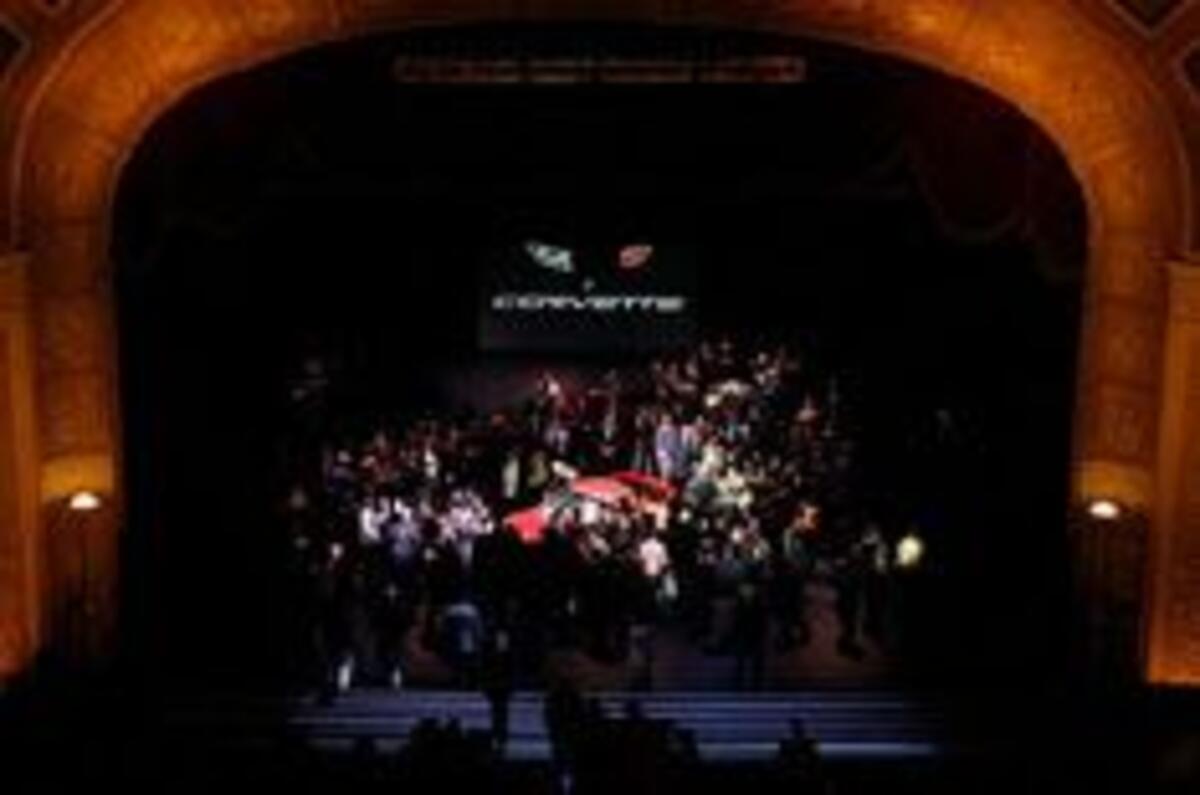No one was quite expecting the world’s fastest-accelerating car to be announced in Detroit, and fewer still would have imagined such a device coming from Chrysler. But that’s what the 850bhp ME Four-Twelve is (pictured), and it’s badged Chrysler despite being propelled by a quad-turbo Mercedes AMG V12 and possessing a little bit of Pagani in its genes. This was one of the more mystifying beasts at the show, since Chrysler has little tradition in supercars, the ME’s presence driven more by the thirst for publicity than any direction change at Chrysler. Certainly it’s hard to see how its appearance might make anyone more likely to buy a Voyager.
Still, horsepower is something Detroit has long been about, and there was plenty of muscle around, 400 horses-worth to be found under the bonnet of the sixth generation of America’s favourite domestic sports car, the Corvette (pictured, gallery). A disappointingly unadventurous evolution of the familiar formula, the new ’Vette gets the next-generation Chevy small-block V8 – it displaces a mere 6.0 litres – fixed headlights instead of the pop-ups that have been a trademark since 1963 and a vastly improved interior with, yes, upgraded cupholders. Whatever you think of its looks it will be quick, and it’s also admirable for being smaller – and presumably more nimble – than the car it replaces.
Another rejuvenated American favourite was the Mustang (see gallery), this new version an impressive homage to the ’67 Fastback, if not quite as perfect as last year’s concept. A 200bhp V6 or a 300 bhp 4.6 litre V8 are the engine options, and they drive a live – yes, you read that right – rear axle. The Ford stand’s vast video screens presented a Mustang getting sideways in a magnificent video filmed on the emptied streets of Detroit, the ’Stang in company with a Ford GT and the results of Ford’s latest trawl through its history, the Shelby Cobra concept. This has 605bhp, all the brutality of the original - and none of its sensuality.
But that’s enough of history – the future may well be hybrid. Honda announced a 255bhp Accord petrol-electric and Toyota a 270bhp hybrid version of its Highlander SUV (pictured gallery), both unusual for offering more power than their petrol equivalents. Why? Because hybrids are expensive to build, and their makers have concluded that offering them as powerful top-of-the-range models might prove more appealing than selling them as economy cars, the fuel savings insufficient to repay the premium for that extra engine. A hybrid can deliver the power of a V8 without the fuel consumption penalty – which is why Toyota is planning a hyrbid version of its next-generation Tundra, a gargantuan pick-up previewed in concept form as the FTX. General Motors is planning V8 hybrid pick-ups, Mercedes diesel electric hybrids while Mitsubishi went glamorous with its 470bhp Eclipse Concept-E coupe. Meanwhile Ford should be first to market with the more modest Escape 4x4, which goes on US sale this summer as the world’s first hybrid SUV.
While trucks and SUVs dominate in the US – and provide much of the domestic industry’s profit - Ford and GM appeared to wake up to cars again. Ford even went as far as to proclaim this ‘the year of the car’ in its press material. Besides the Corvette and Mustang we got the Ford 500 (pictured gallery) – a big, sensible and disappointingly dull Taurus replacement – the Chevrolet Cobalt coupe and saloon – better than the usual budget GM gruel, though that’s not saying much – and the Pontiac G6 saloon (pictured gallery), which isn’t a bad effort. It’s based on a stretched version of the Epsilon platform that the Vectra rides on, enjoys proportions on the intriguing side of unusual and a cabin of reasonable quality. That said, if Pontiac really is serious about becoming a budget BMW, as GM product tsar Bob Lutz claims, it has a long way to go on this evidence.




Add your comment